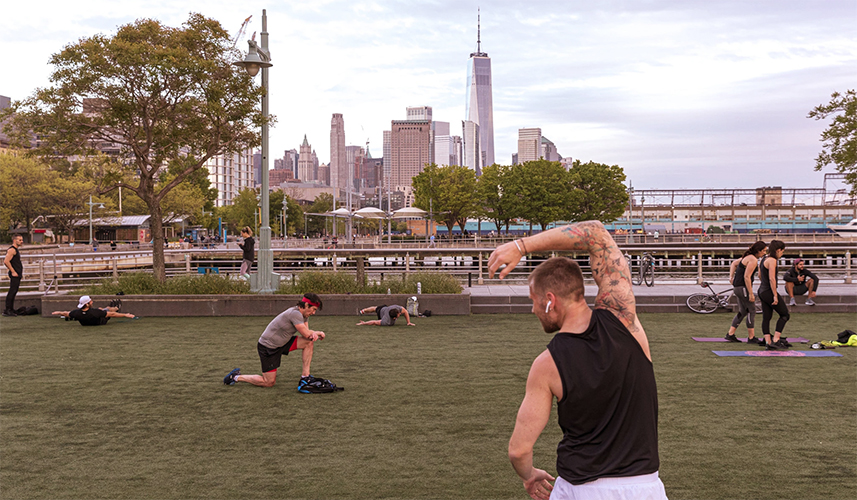According to NPD Group, categories tied to the outdoors as well as home fitness equipment continue to post double-digit gains in the third quarter.
Matt Powell, VP and senior industry advisor, sports at NPD, wrote in a blog entry that camping equipment sales grew by more than 25 percent in the third quarter with much of the growth coming from products tied to backyard activities as notable increases were seen for lighting systems, shelters and camp furniture with an emphasis on entry-level products.
The golf equipment business grew by more than 75 percent in Q3, bicycle sales by over 50 percent and basketball equipment and racquet sports by about a third. Said Powell, “I think much of this has to do with consumers feeling safer outdoors as opposed to indoors. On the flip side, most scholastic sports equipment categories struggled with the exception of baseball which was up about 20 percent. Climbing equipment sales, which were robust pre-pandemic, turned negative during 2020 as much of those earlier sales were driven by the popularity of indoor climbing clubs. Climbing equipment declined in the low teens for Q3.”
Home fitness equipment business “continued its torrid growth” in Q3 with sales up nearly double over the same period last year. Said Powell, “Every major category showed robust growth with cardio devices leading the way.”
“There are some important lessons we as an industry should take away from the surging sales,” Powell said. “The sports specialty market, in particular, has always been primarily focused on the elite athlete and less so on beginners. For instance, the average selling price of men’s running shoes in the U.S. is about $70, while the performance running brands and retailers tend to focus on shoes that sell for double. For some time, I’ve been saying that the “newbie” or family participant is where there is tremendous revenue opportunity, and we are seeing this come to fruition today more than ever.
“It is imperative for the sports industry to embrace the entry-level participant and offer them products that meet rather than exceed their needs. Selling a new consumer a product that may be above his/her needs and competencies risks losing that consumer. The sports industry must be careful not to oversell a consumer.
“When it comes to equipment, many of these purchases are one and done. If a consumer bought a treadmill in June, they most likely won’t need a new one for years. But there are opportunities to extend the investment and build upon that primary purchase through accessories including those providing connected capabilities or through a companion item such as a stationary bike, to vary the workout routine.
“I believe that connected devices will be the future of the sports industry – a trend that has only been accelerated and amplified by our current circumstances. Consumers want that sense of community, even if it is virtually.
“I believe we can expect continued growth for sports equipment, but as an industry, we should not rest on our laurels and instead need to actively think about what’s next to keep the momentum alive and well.”
Photo courtesy New York Times















